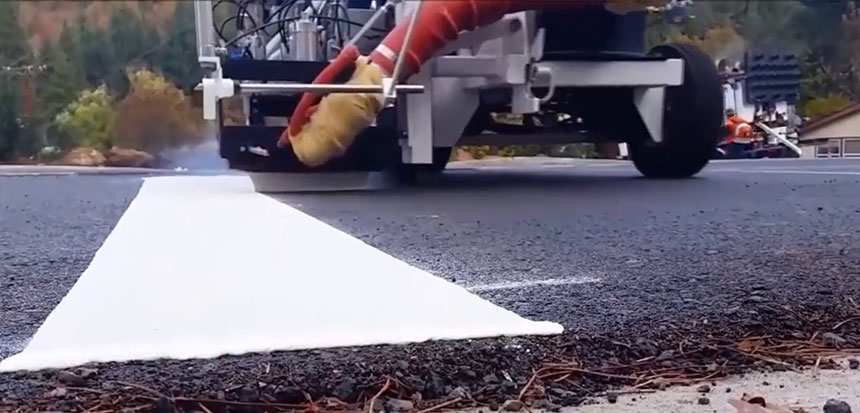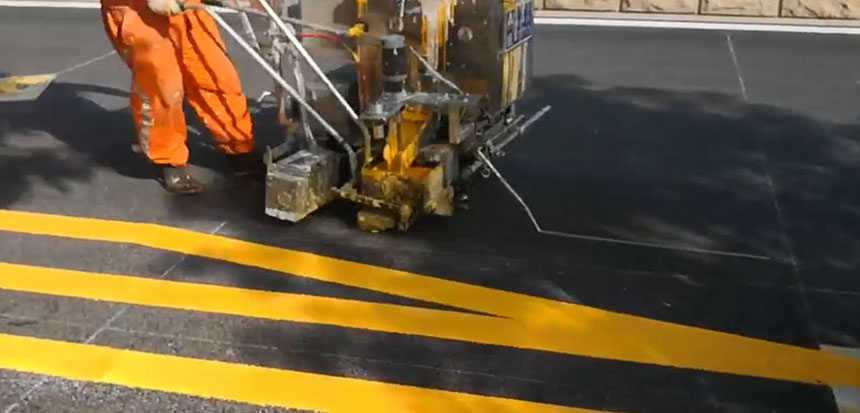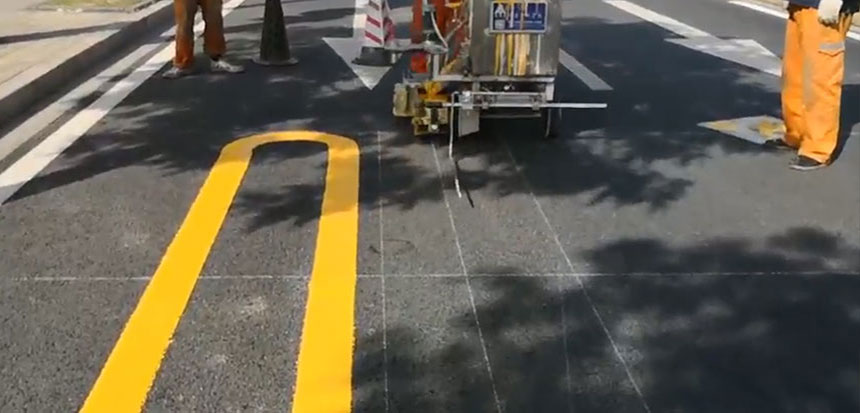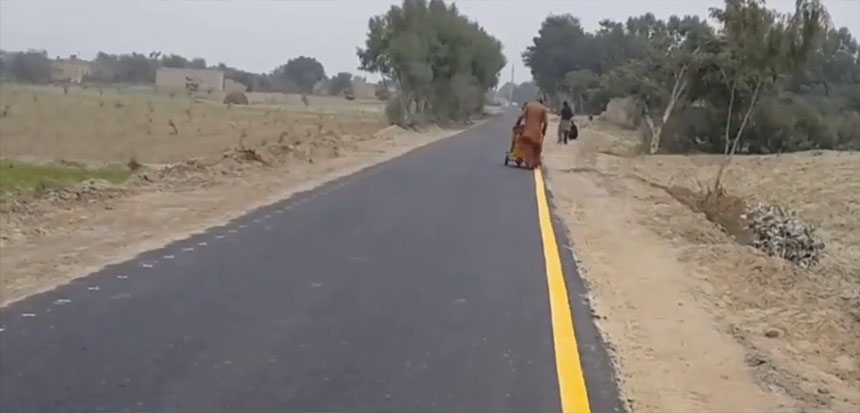Road marking paints are a crucial element of transportation infrastructure, ensuring safety and organization on roads. The composition of these paints involves a careful selection of materials to achieve durability, visibility, and adherence to various surfaces. While Titanium dioxide(TiO2), Thermoplastic road marking paint powder(White/Yellow based on BS3262), Petroleum resin Carbon 5, Petroleum resin Carbon 9, and Pigment yellow are commonly used components, the formulation of these paints encompasses a broader array of materials and a specific manufacturing process.

A significant aspect of thermoplastic traffic marking paint production involves combining a liquid plasticizer and a nucleus component at room temperature. This initial mixture coats the nucleus with the plasticizer, following which a blend of thermoplastic resin, pigments, and additive ingredients is added. These additives, including silica sand, glass beads, lubricants, antioxidants, and antiblocking agents, are crucial in creating a uniform powdered mixture. This blend possesses properties allowing it to melt easily on heating, forming a fast-drying marking material exhibiting robust shock resistance, adherence, cold resistance, and abrasion resistance characteristics.
The synthetic resin within these paints grants them thermoplasticity, facilitating rapid drying and strong adhesion to road surfaces. Non-polymeric resins, especially those based on colophony, also find extensive use in these formulations. Additives contribute to enhancing the plasticity of the coating, ensuring resistance to subsidence, pollution, and color fading. Meanwhile, pigments like titanium dioxide and organic pigments such as Pigment Yellow 65, Yellow 74, or Yellow 83 determine the color of the road lines, ensuring visibility and adherence to regulatory standards.

In addition to these commonly acknowledged components, the formulation incorporates fillers like calcium carbonate and coarse sand, reinforcing mechanical strength, wear resistance, and color. Glass microspheres and glass beads play a pivotal role in improving nighttime visibility by reflecting light from vehicle headlights and safeguarding road markings from abrasion. The use of glass beads, typically 0.1-1.4 mm in diameter, significantly enhances brightness and durability.

The manufacturing process of thermoplastic road marking paints demands specialized equipment, especially mixers tailored for handling the mixture of dry powder and a small liquid component. Achieving uniform mixing of various raw materials, ensuring the core-coated powder's state with resin or glass beads as the core, and meticulously balancing the layers of additives, pigments, and fillers are fundamental. Precise adherence to recommended material proportions is crucial to prevent issues like yellowing or quality inconsistencies.
Maintaining mixing uniformity, particularly concerning color pigments and additives, is paramount. Techniques involving gradual spraying of high-efficiency fluorescent whitening agents ensure the desired quality. Precision in adding components—about 200g per ton of road marking paint—requires adjustments based on specific production formulas. The production process hinges on ensuring meticulous mixing of resin and coloring pigments to achieve an even distribution throughout the paint.

Road marking paint formulation is a meticulous balance of various materials and a precise manufacturing process. Achieving the desired properties of visibility, durability, and adherence necessitates not just the selection of materials but also their meticulous integration during production.